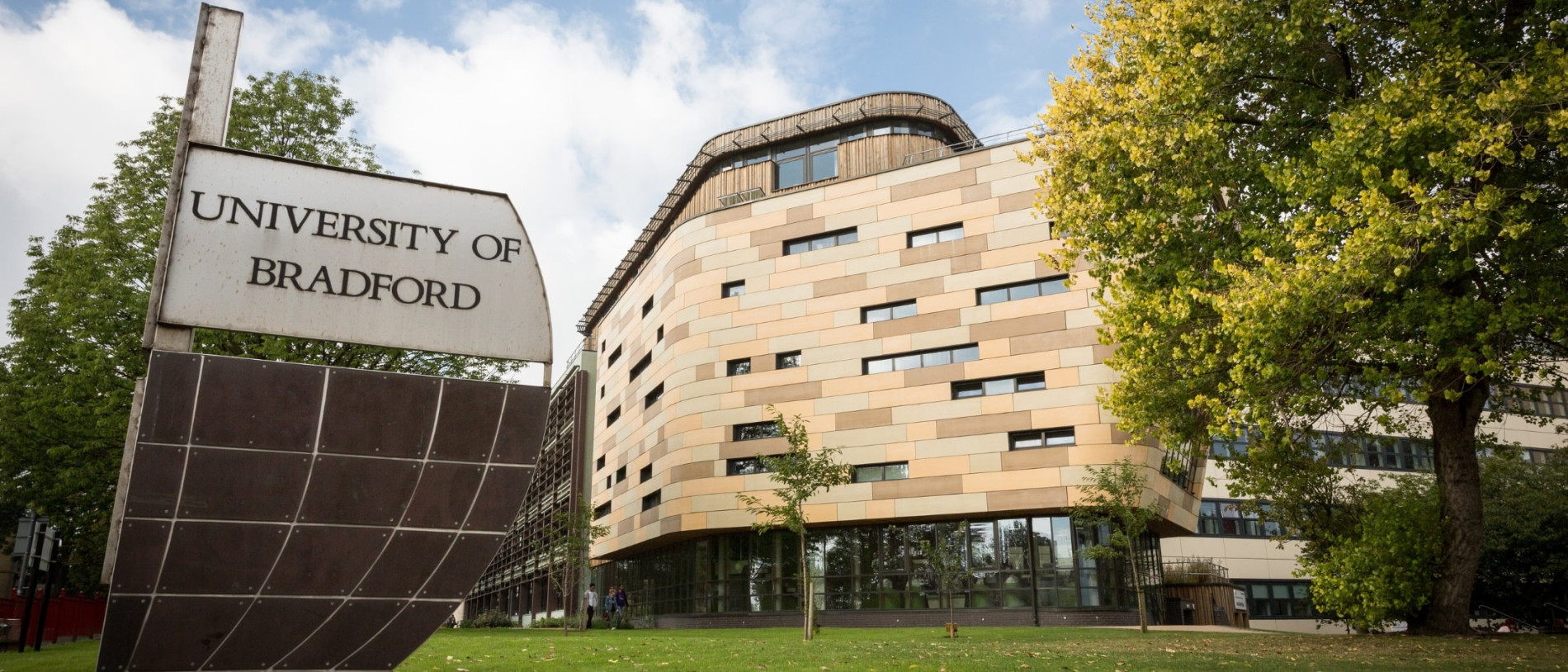

University of Bradford
Archaeological Sciences
Study detals
: Master's degree : MSc (Hons) Archaeological Sciences : Full time : 12 MonthRequirements
Entry requirements
The entry requirement for a postgraduate taught course is typically equivalent to a UK Second Class Honours Second Division (2:2).
The table below shows how the University equates qualifications from your country to UK degree classifications
| Qualification | UK 1st Class | UK 2:1 | UK 2:2 |
|---|---|---|---|
| Bachelor degree | 4.5/5.0 or 81% |
4.0/5.0 or 71% |
3.5/5.0 or 66% |
| Specialist Diploma |
4.5/5.0 |
4.0/5.0 or 71% |
3.5/5.0 or 66% |
Speciality
Sandwich course fees - charged during the placement year away from the University of Bradford for students on thick sandwich courses, or during the year in which the second placement falls for students on thin sandwich courses. Students charged at 10% of the equivalent full-time fee.
If a placement year is to be undertaken abroad and supported by University funding through the University’s exchange programmes, fees will increase to 15% of standard fees to cover additional support, advice and administration costs.
Additional information
Degree Overview
It gives you the practical, analytical and interpretative skills you need to apply a wide range of specialist approaches, preparing you not only for research in archaeological science but also to pursue career opportunities in all areas of mainstream archaeology.
You will join a group of postgraduate students from across the world and have the opportunity to use a wide range of specialist facilities and collections, whilst being taught by internationally recognised, research-active academic staff.
You can use the course to obtain broad expertise in the field, or to specialise in areas such as:
Environmental Archaeology, covering environmental change, subsistence and health through studies of animal bones, plant remains and biomarkers in human and non-human hard tissue.
Landscape Archaeology, focusing on understanding and interpreting landscapes in the past using prospection methods, visualisation and GIS.
Chronology and Biomolecules, specialising in the use of physical, chemical and biomolecular methods to study and date both human remains and artefacts.